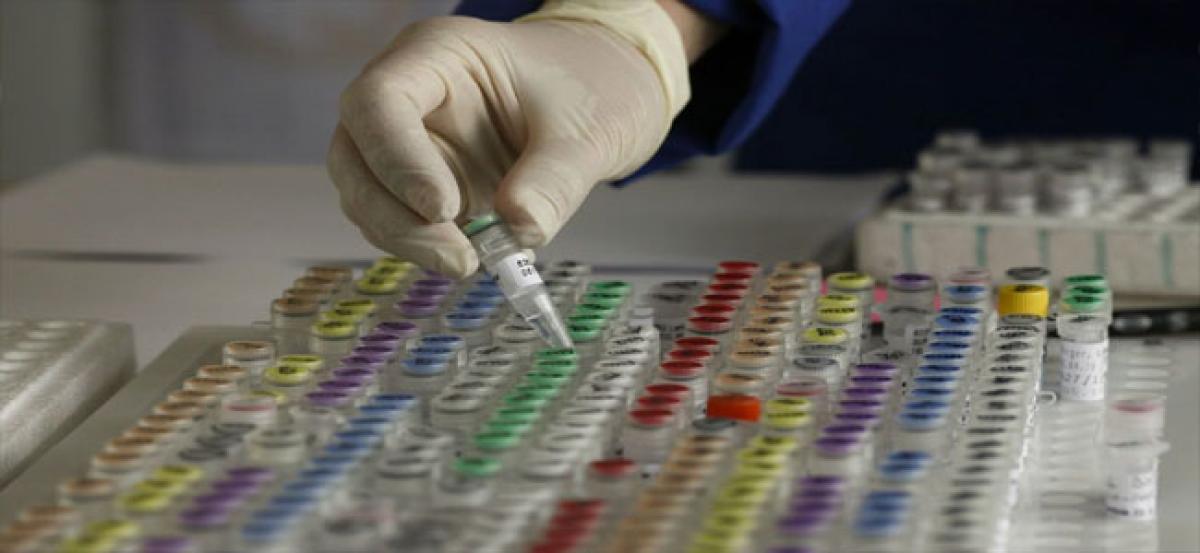Live
- Opposition again rakes up mango kernel deaths in Odisha Assembly
- Assam Police foiled infiltration attempt from Bangladesh: CM Sarma
- Hemant Soren to take oath as Jharkhand CM tomorrow, top INDIA bloc leaders to attend
- Mamata Banerjee to attend Hemant Soren’s swearing-in ceremony
- JMM raises doubts on EVMs, claims party would have got more seats through ballot papers
- Sheohar MLA slams Chirag Paswan for not campaigning for Deepa Manjhi in bypoll
- 450 drug users rejoin families after recovery in Afghanistan
- Turkey neutralises nine PKK members in Iraq
- Manipur: Mobile internet suspended for two more days in nine districts
- Mangaluru Court Sentences Man to Jail for Contempt of Court









